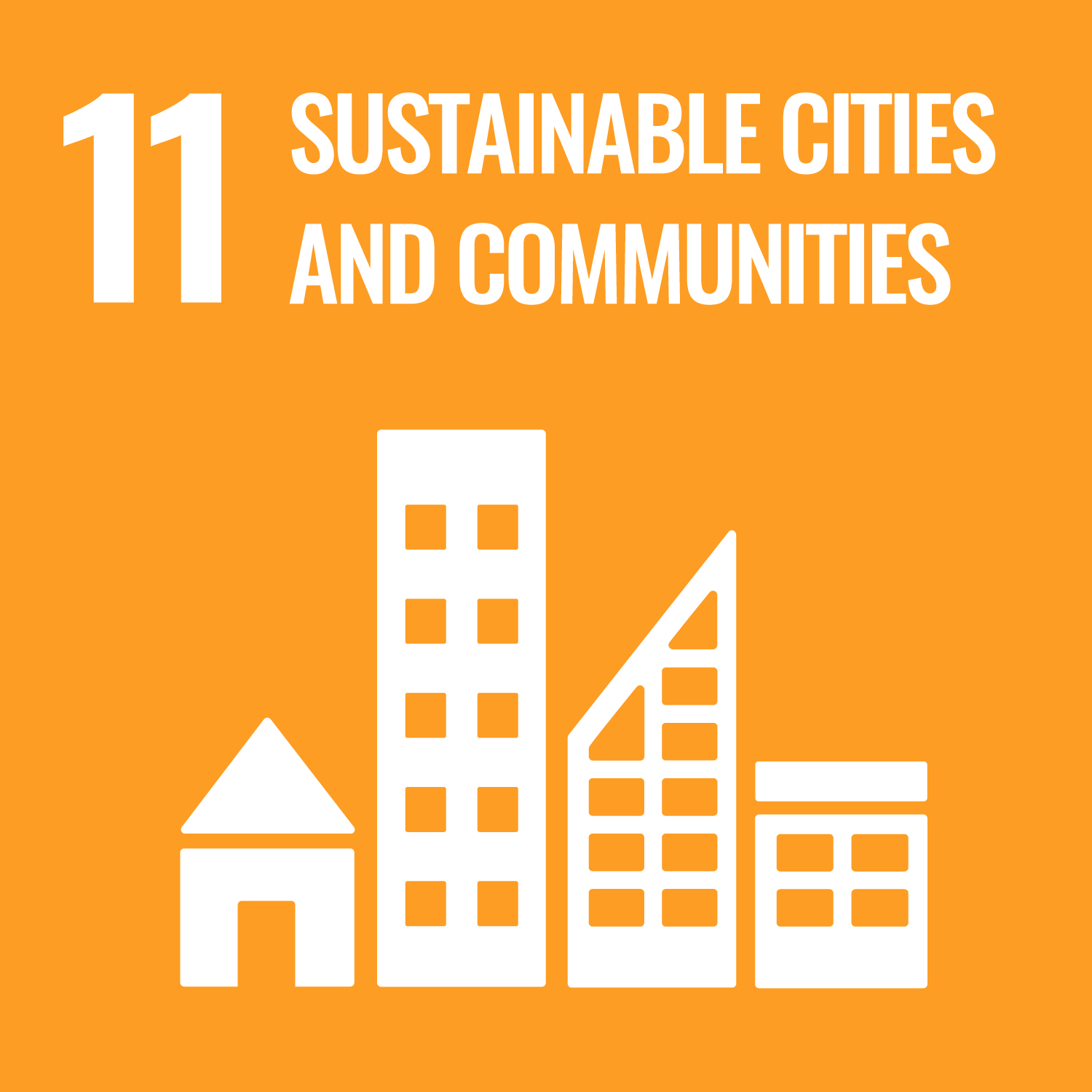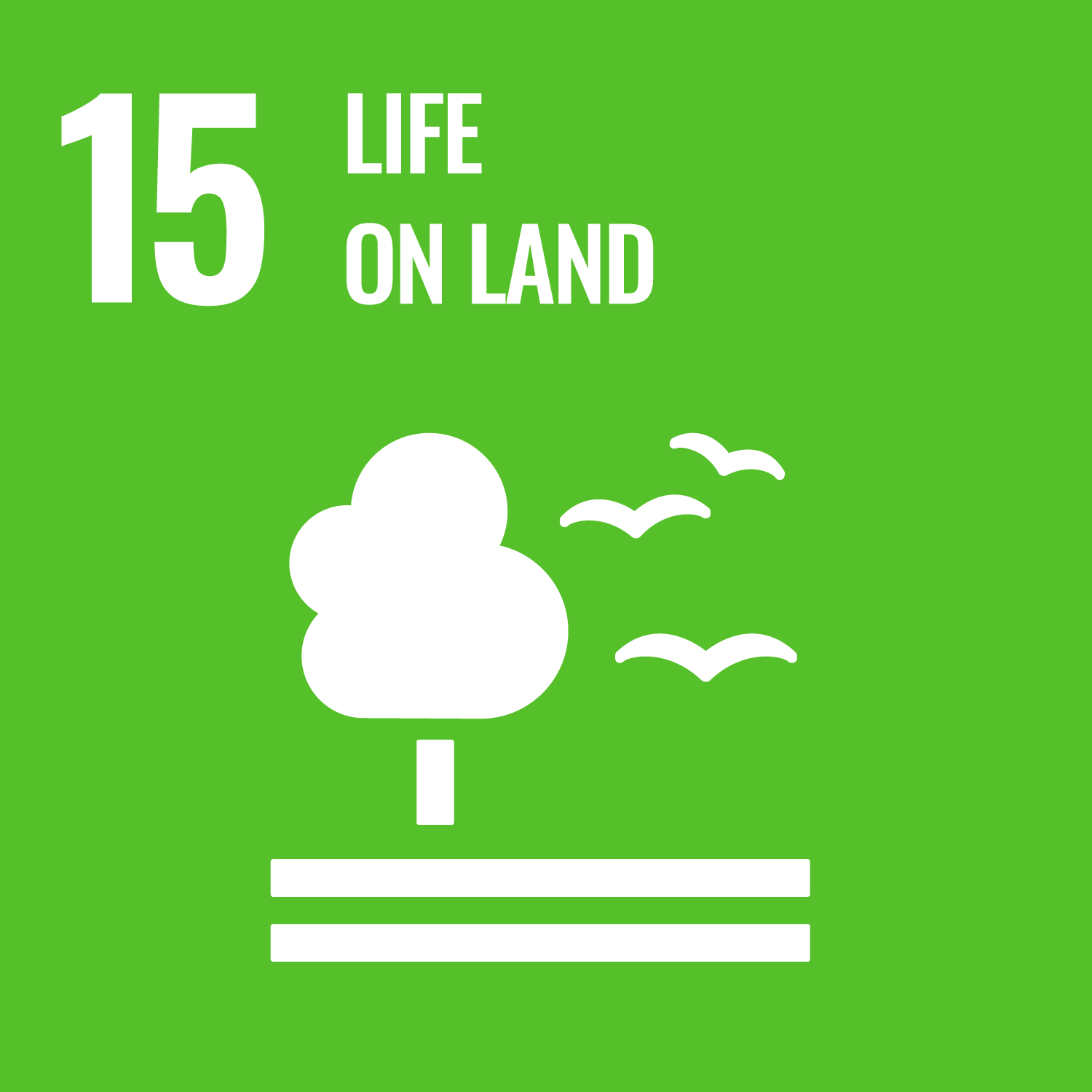The Geotechnical Engineering Exercise focuses on geotechnical engineering, which is an important foundation in the field of
civil and construction engineering. This class focuses on the fact that geotechnical engineering is fundamental to human life
and economic activities, and requires students to take Geotechnical Engineering 1 and Geotechnical Engineering 2 as prerequisites.
The objective of this course is to deepen students' understanding of the mechanics of the soils that support social infrastructure
facilities and to develop their ability to apply this knowledge in practice. In addition, students will learn the fundamentals
of geotechnical engineering through exercises, such as common scales and measurement methods for evaluating soil as an engineering
material, mechanical and hydrodynamic relationships between soil and groundwater, and the relationship between soil failure
and acting forces.
The objective of this class is to develop an understanding of common measures for evaluating soil as an engineering material
in geotechnical engineering and how to measure them. Students will also learn basic concepts of the mechanical and hydrodynamic
interrelationships between soil and groundwater, and the relationship between soil failure and acting forces, and will hone
their practical skills through exercises.
- To be able to solve exercises related to the fundamentals of geotechnical engineering.
- Explain the methods of clarification regarding the fundamentals of geotechnical engineering.
- Understand how to elucidate the fundamentals of geotechnical engineering and explain their practical applications.
| Midterm examination | Endterm examination | Total. | |
|---|---|---|---|
| 1. | 30% | 30% | 60% |
| 2. | 10% | 10% | 20% |
| 3. | 10% | 10% | 20% |
| Total. | 50% | 50% | - |
Credit will be granted on the basis of an average score of 60 points or higher on the mid-term examination (out of 100 points)
and the final examination (out of 100 points).
| Class schedule | HW assignments (Including preparation and review of the class.) | Amount of Time Required | |
|---|---|---|---|
| 1. | [ Construction and the Ground ] The ground from a construction perspective: Importance of understanding the ground, stability of structures, construction issues |
Understanding the ground from a constructive perspective | 100minutes |
| 2. | [ Basic physical quantities of soil and SI units ] Understanding the three phase composition of soil and the importance of units: Definition of the phase composition of soil and basic physical quantities, practical relationship equations between each physical quantity, basic matters and importance of SI units, explanation of examples and exercises. |
Understanding of the three-phase composition of soil and the importance of units | 100minutes |
| 3. | [ Soil Classification and Engineering Properties ] Understanding soil classification and engineering properties: Soil as a mixture, coarse-grained soil and fine-grained soil, relationship between soil components and engineering properties, consistency, explanation of examples and exercises |
Understanding soil classification and engineering properties | 100minutes |
| 4. | [ Soil permeability and its testing methods ] Definition of hydraulic head and understanding of Darcy law: Definition of hydraulic head and hydrodynamic gradient, Darcy law and hydraulic conductivity, permeability test and evaluation of hydraulic conductivity, explanation of examples and exercises |
Defining hydraulic head and understanding the Darcy rule | 100minutes |
| 5. | [ Groundwater Flow ] Theory and understanding of simplified methods:Isopotential function and flow function, flow rate and pore water pressure distribution by flow net, explanation of examples and exercises |
Understanding groundwater theory | 100minutes |
| 6. | [ Effective Stress and Soil Overburden ] PressureUnderstanding the relationship between total stress and effective stress, and soil overburden pressure:Relationship between effective stress and total stress, pore water pressure, calculation method of soil overburden pressure, explanation of examples and exercises |
Understanding the relationship between total stress and effective stress and soil overburden pressure | 100minutes |
| 7. | [ Mid-term Examination ] Confirmation of comprehension and comprehensive review of the contents of the first through the sixth sessions:Confirmation of comprehension of the contents of the first six lessons, explanation with model answers, and comprehensive review |
Confirmation of understanding of the relationship between total stress and effective stress, understanding of soil overburden pressure 1-6 times, and general review. | 200minutes |
| 8. | [ Consolidation Phenomenon ] Consolidation and immediate settlement, social problems caused by consolidation settlement, understanding of one-dimensional consolidation theory:Consolidation Phenomena and Mechanical Models, Preceding Consolidation Loads, Normal Consolidation and Overconsolidation, Compression Index and Consolidation Settlement, Example Explanations and Exercises |
Understanding consolidation settlement and immediate settlement, social problems caused by consolidation settlement, and one-dimensional consolidation theory | 100minutes |
| 9. | [ Consolidation Settlement and Time ] Organize and understand practical consolidation calculation procedures:Calculation of consolidation settlement and time, application to practical problems, explanation of examples and exercises |
Organize and understand practical consolidation calculation procedures | 100minutes |
| 10. | [ Soil Shear and Failure ] CriteriaUnderstanding the relationship between soil failure and structural stability:Mohr-Coulomb's Failure Criteria, example explanations and exercises |
Understanding soil failure and structural stability | 100minutes |
| 11. | [ Soil Mechanics Tests and Physical Properties ] Understanding of how to apply soil test results:Various tests and Mohr-Coulomb's failure criterion, stress state of uniaxial compression test, types and applicability of triaxial compression test, explanation of examples and exercises |
Understanding how to apply soil test results | 100minutes |
| 12. | [ Stress in Ground ] Understanding of stress state in the ground and simple calculation method:Simple calculation method of stress in the ground, Boussinesq's formula, rectangular division method, influence circle method, Osterberg method, pressure bulb, explanation of examples and exercises |
Understand the stress state of the ground and simple calculation methods | 100minutes |
| 13. | [ Soil Pressure ] TheoryUnderstanding of soil pressure acting on walls and calculation methods:Definition of soil pressure and coefficient of soil pressure, Principal and passive conditions, Coulomb and Rankine's theory of soil pressure, existence of groundwater surface and soil pressure, explanation of examples and exercises | Understanding soil pressures acting on walls and calculation methods | 100minutes |
| 14. | [ Final Examinations ] Confirmation of comprehension and comprehensive review of the contents of the first through the thirteenth sessions:Confirmation of comprehension of the contents of the 1st to 13th classes, explanation with model answers, and comprehensive review |
Confirmation of understanding and comprehensive review of the first 13 sessions | 200minutes |
| Total. | - | - | 1600minutes |
| ways of feedback | specific contents about "Other" |
|---|---|
| 授業内と授業外でフィードバックを行います。 |
Reference books and exercises necessary for the exercises will be distributed in advance.
- Questions may be asked in class or outside of class (in person, at ScombZ, or by e-mail).
- Course that cultivates an ability for utilizing knowledge
- Course that cultivates a basic problem-solving skills
| Work experience | Work experience and relevance to the course content if applicable |
|---|---|
| N/A | 該当しない |




- 9.INDUSTRY, INNOVATION AND INFRASTRUCTURE
- 11.SUSTAINABLE CITIES AND COMMUNITIES
- 12.RESPONSIBLE CONSUMPTION & PRODUCTION
- 15.LIFE ON LAND
Last modified : Sat Mar 08 04:17:59 JST 2025
